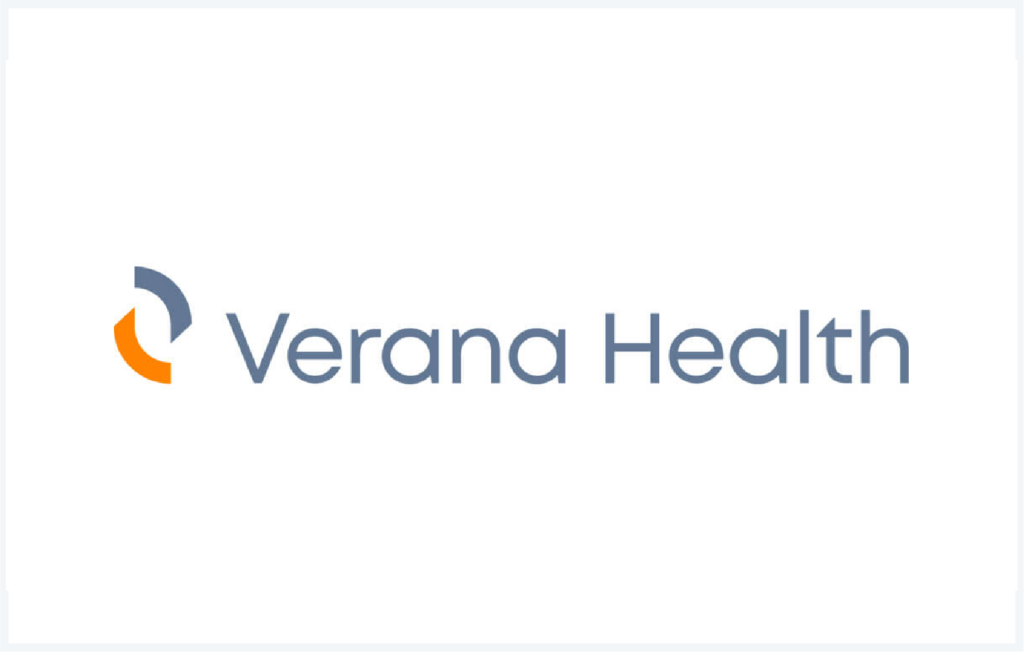Verana Health® announced a huge step for its technology! With the introduction of ophthalmic images to its VeraQ™ population health data engine, Verana Health hopes to provide for cutting edge medical advancement by allowing the information to be available to academic research institutions in the future.
From the press release:
SAN FRANCISCO , Sept. 29, 2022 /PRNewswire/ — Verana Health® announced today the introduction of ophthalmic images into its VeraQ™ population health data engine. The ~3.5 million images—spanning optical coherence tomography (OCT), fundus autofluorescence, color fundus photography, and more—are being incorporated into the Academy IRIS® Registry. This data is managed by Verana Health via VeraQ, where it is linked with de-identified electronic health record (EHR) data and curated with clinician oversight and artificial intelligence (AI), such as machine learning (ML), to produce quality data variables and Ophthalmology Qdata™ modules. These image-derived variables and Qdata modules—being introduced to the ophthalmic community at the Academy’s Annual Meeting (AAO 2022)—will be selectively available in the future to academic research institutions participating in the IRIS Registry Analytic Center Consortium and life sciences organizations, respectively.
The IRIS Registry is one of the largest single specialty databases in the world. In its role, Verana Health helps researchers turn this registry data into actionable insights to power medical advances by managing its real-world data from ingestion through to analytics. Nearly 16,000 clinicians contribute de-identified data to the IRIS Registry, which offers more than 9 years of longitudinal data on more than 75 million patients and 450 million patient visits.
While the existing EHR data includes important demographic and clinical information, augmenting it with EHR-imaging data—which Academy leadership has noted has only been maintained outside of text-based EHRs due to technical, not patient-related considerations—adds another valuable dimension. This provides objective structural representations of patients’ eyes that can help to confirm diagnoses, track disease progression, and evaluate the impact of a drug or device intervention.
“Integrating imaging with existing EHR data at scale will help to unlock an entire field of research in ophthalmology that hasn’t been possible before,” said Aaron Lee, MD, MSc, Associate Professor of Ophthalmology at the University of Washington, the first academic medical center to incorporate its images to the IRIS Registry. “Applying artificial intelligence—such as machine learning and computer vision—to analyze imaging data facilitates deep learning, which could help us to uncover new associations and biomarkers of disease. Ultimately, this could drive research that enables better patient care and enhanced eye health for millions of people.”
Research into macular degeneration, geographic atrophy (GA), and the brain/eye connection are among the study areas for which the combined EHR and imaging data sets are likely to prove most useful. Verana Health has already developed proprietary algorithms on linked imaging-clinical datasets and recently presented promising research examining the development of an ML pipeline that automatically uses this combined and curated dataset to diagnose and stage patients with GA.
“The power of linking clinical data from existing EHRs with accompanying ophthalmic imaging data will help to drive deeper insights for academic and life sciences researchers. This has the opportunity to accelerate clinical trials and enhance clinical care, which could ultimately lead to therapeutic advancements for patients that help protect vision, brain health, and more,” said Verana Health CEO Sujay Jadhav. “I am especially excited about potential implications this presents for researchers looking at the brain/eye connection and multisystem diseases. As a strategic data and technology partner to specialty medical societies, Verana Health is uniquely positioned to facilitate real-world insights from multiple specialties and data sources—including EHRs, images, and claims—helping to provide a comprehensive view of the patient journey.”
